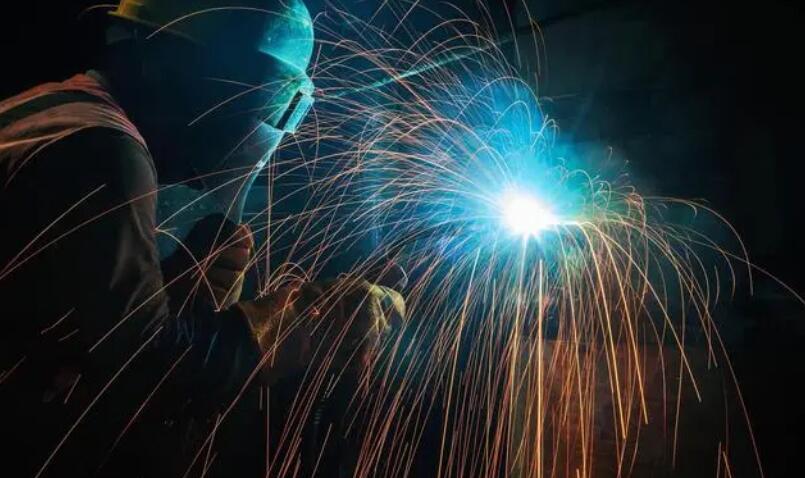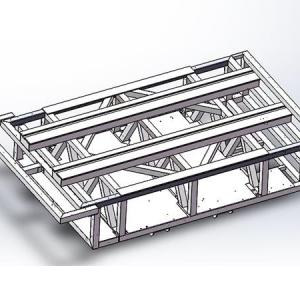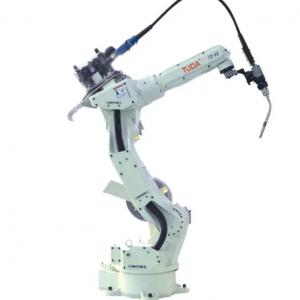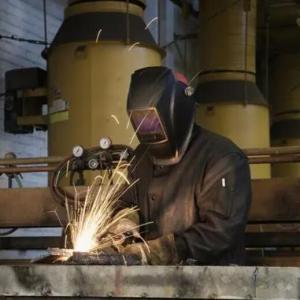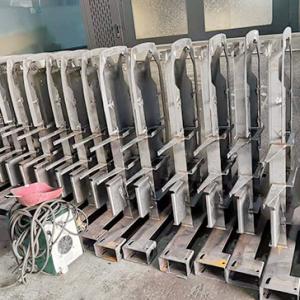Some basic principles of structural welding
Some basic principles of structural welding
Continuity principle of welding: The principle of continuity is to avoid setting welds at the geometric sudden change of stress concentration. If it is unavoidable, set up a transition structure; when the thickness of the two sides of the weld is inconsistent and the geometric continuity cannot be guaranteed, a transition structure should be set up .
Avoid overlapping welding: avoid overlapping welds, rigid joints of multiple welds, and severe warpage of the structure will increase the internal stress of the welds; avoid repeated overheating of the structure and reduce material properties.
There are three measures: adding auxiliary structures; dismantling parts; staggered welding.
Types of Welded Structural Parts
Metal Welding refers to welding and thermal cutting, a very important method of welding and thermal cutting, by means of a suitable method that produces two separate metal objects. According to the statistics of industrially developed countries, the steel used in steel needs to be welded, accounting for about 45% of the total steel production. Welding can not only solve the connection of various steels. It can also solve the connection of colored metal materials such as aluminum and copper. Therefore, it has been widely used in machinery manufacturing, shipbuilding, marine development, automobile manufacturing, water chemistry, aerospace technology, atomic energy, electric power, electronic technology and construction.
Welding Standard for Large Welded Structural Parts
Large-scale welded structural parts are a kind of welded parts products that should be widely used in construction or industry. customized processing drawings. After years of processing, our welded structural parts manufacturers can roughly divide them into beam system structural parts, column large welded structural parts, lattice large welded structural parts, shell structural parts, skeleton structural parts and mechanical structural parts. category.
